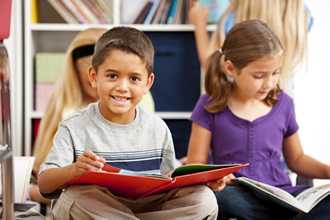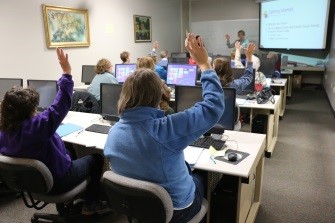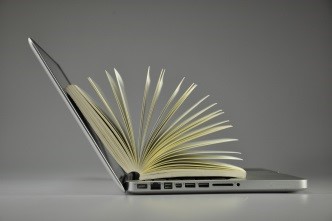Assistive Technology Supports for Reading: How to better support your students’ reading environment: Introduction
Introduction
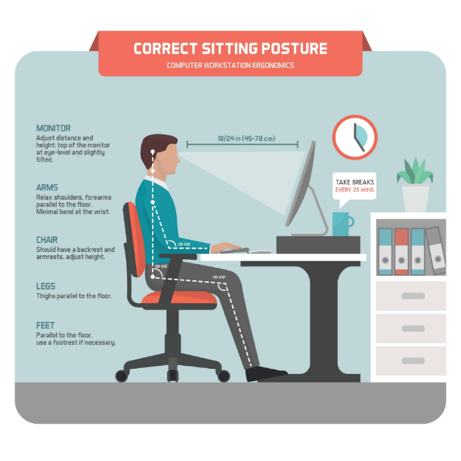
Last year, a student’s postural alignment while reading when seated at desks, on sofas and chairs or lying in bed was reviewed. Many technologies were introduced that might prove helpful. Yet, how can these ideal positions be acquired if a student is not the right size for the desk, chair, or sofa that is at school or home?
To help, this year technologies/objects that can be added to the student, desk, chair, electronic device, etc., will be introduced to help obtain and maintain ideal positioning and alignment.
How are these technologies/object acquired?
Commercially available, some items are already available for purchase and this in itself becomes an issue. Sometimes, they come in various sizes and shapes but too often, they are a one-size-fits-all means to positioning a user or device.
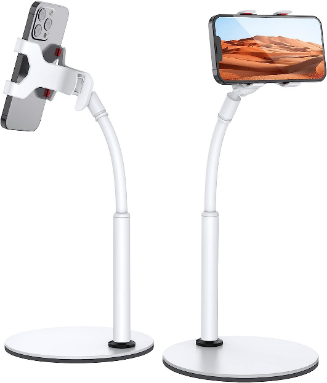
An example is a Cell phone holder.
The clamp that holds the cellphone adjusts to the phone’s size while the viewing height can be adjusted for a student’s need.
Handmade items however, can also provide supports for a good position while reading and are often less expensive, can be crafted with items around the house, and modified to best support unique positioning needs.
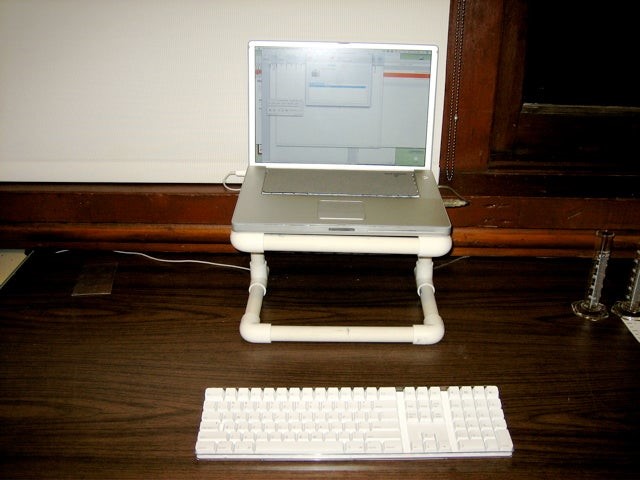
The DIY Computer stand is an example. It is crafted from PVC pipe, straight and elbow pieces, to a lift for a computer or monitor to a student’s eye level.
- Instructions for handmade items can be found by searching for DIY ideas.
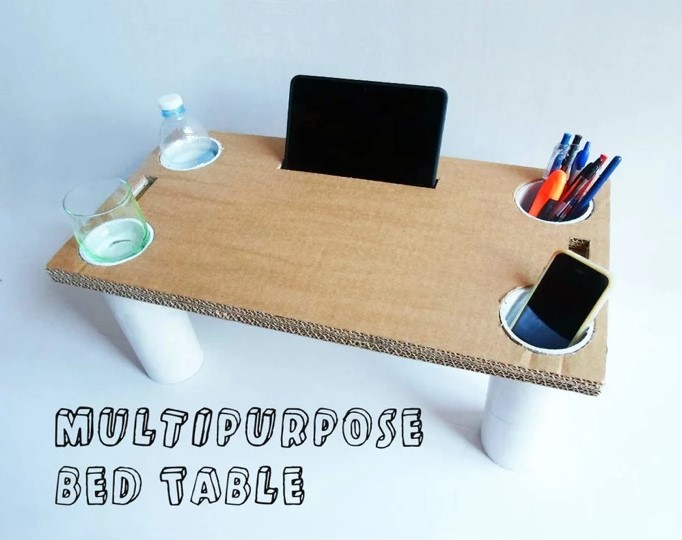
A great website for finding handmade supports is Instructables.com. This is a site that consists of a community of people that like to make things and share their ideas on this site. Check out this bedside table and the instructions!
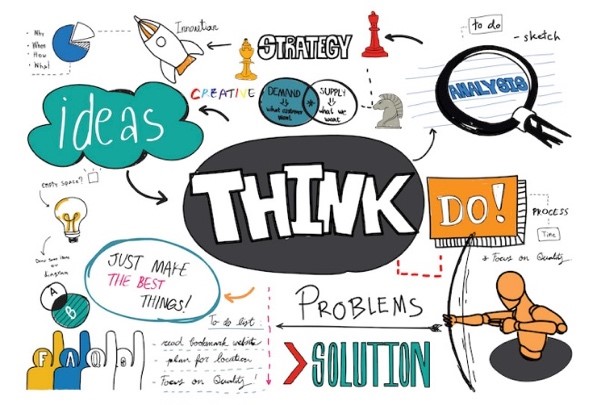
One can also be creative and design something from your own idea. Often, you are the one who knows what might work to create a better reading experience.
So, throughout this school year remember to look for this blog for knowledge about the different types of Electronic Devices and how they can be adapted to help achieving optimal positioning for your students when reading!


